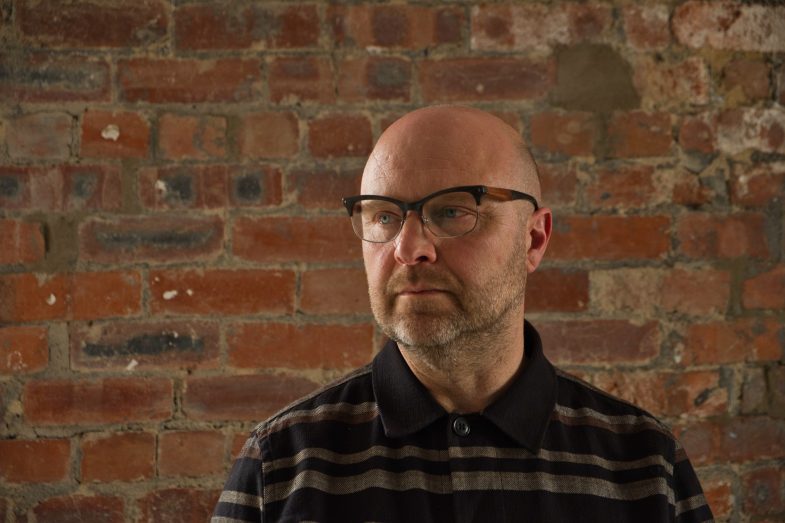
Paul, born in Cleethorpes in 1971, embarked on his art career in 1997 when he graduated from the Norwich University of the Arts. After a brief stint in London, he relocated to Leeds in 1999, where he currently resides with his family. In 2002, he earned his Master of Fine Arts (MFA) from the University of Leeds, which marked a pivotal point in his artistic evolution.
Paul’s exploration in the intersection of art and science led him to unique residencies in mental health hospitals, including High Royds and Rampton Hospitals. His work has been acknowledged and archived in the Welcome Trust Collection, testament to the profound impact of his creations.
Throughout his career, Paul has exhibited extensively in prestigious venues, such as EAST Gallery, Royal Society of Sculptors Gallery, Leeds City Gallery, the Cornerhouse in Manchester, and the internationally renowned Saatchi Gallery. His artistic journey has been marked by a continuous pursuit of new skills and techniques.
While Paul’s artistic repertoire encompasses painting and sculpture, drawing remains at its core. He draws inspiration from George Seurat’s drawings, particularly in the mastery of light and dark, cross hatching, and the layered application of materials, such as graphite and fixative.
In recent years, Paul’s artistic focus has shifted toward sculpture, with an emphasis on figurative clay modeling and casting, allowing him to explore the intricacies of form and expression.
Paul’s artistic sensibilities were heavily influenced by his early love for acid house, house, and rave culture in 1989, infusing his work with vibrant energy and dynamism.
Community engagement has been a central pillar of Paul’s practice. He has collaborated with grassroots and community organisations, infusing his work with a strong political content and a commitment to social change.
Paul believes that tacit knowledge plays a crucial role in the creative process, serving as an implicit reservoir of skills, experiences, and insights that cannot be easily articulated. This type of knowledge is often acquired through personal experience and social interactions, making it integral to the development of creativity and innovation. Paul states that “In my own practice, the exploration of tacit knowledge is central to understanding how artists and communities can navigate and express their experiences. By fostering an environment where individuals feel safe to share their unspoken knowledge, I aim to enhance collaborative creativity and deepen the communal aspect of art-making.”
Paul’s research highlights that tacit knowledge not only facilitates individual artistic expression but also enriches group dynamics, allowing for shared understanding and collective innovation. This interplay between personal and communal knowledge is at the heart of Paul’s work, he says “I strive to build bridges between diverse voices and perspectives within the community. By prioritising tacit knowledge, my practice seeks to honour the unique contributions of each participant, ultimately leading to a more vibrant and inclusive creative landscape.”
Between 2010 and 2018, Paul played a pivotal role in the Yorkshire and Humber Contemporary Visual Arts Network (YVAN) steering group, contributing to the development of the region’s art economy.
Paul’s deep-seated interest in neuroscience, psychology, and psychiatry since 2002 led him to become the Director of the National Arts and Science Network (2010-2013). Under his leadership, the network spearheaded Arts Council England commissions, facilitating meaningful dialogue between the arts and sciences in the Yorkshire region.
In summary, Paul’s work is a testament to the interplay of material and conceptual layers, exploring theoretical and physical contrasts. His installations challenge viewers, embodying the dichotomy of finished and unfinished, stimuli and response, light and dark, ultimately creating thought-provoking forms.
Throughout his career, Paul has generously shared his knowledge and passion for art across diverse educational settings, from higher education institutions to primary and secondary schools, as well as adult education. His contributions include delivering courses, acting as a visiting lecturer, conducting workshops, and giving presentations on practice development, innovation, materials, and techniques.